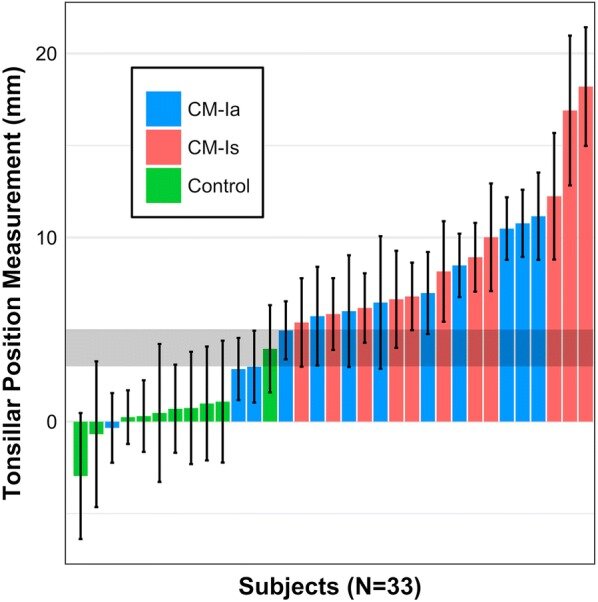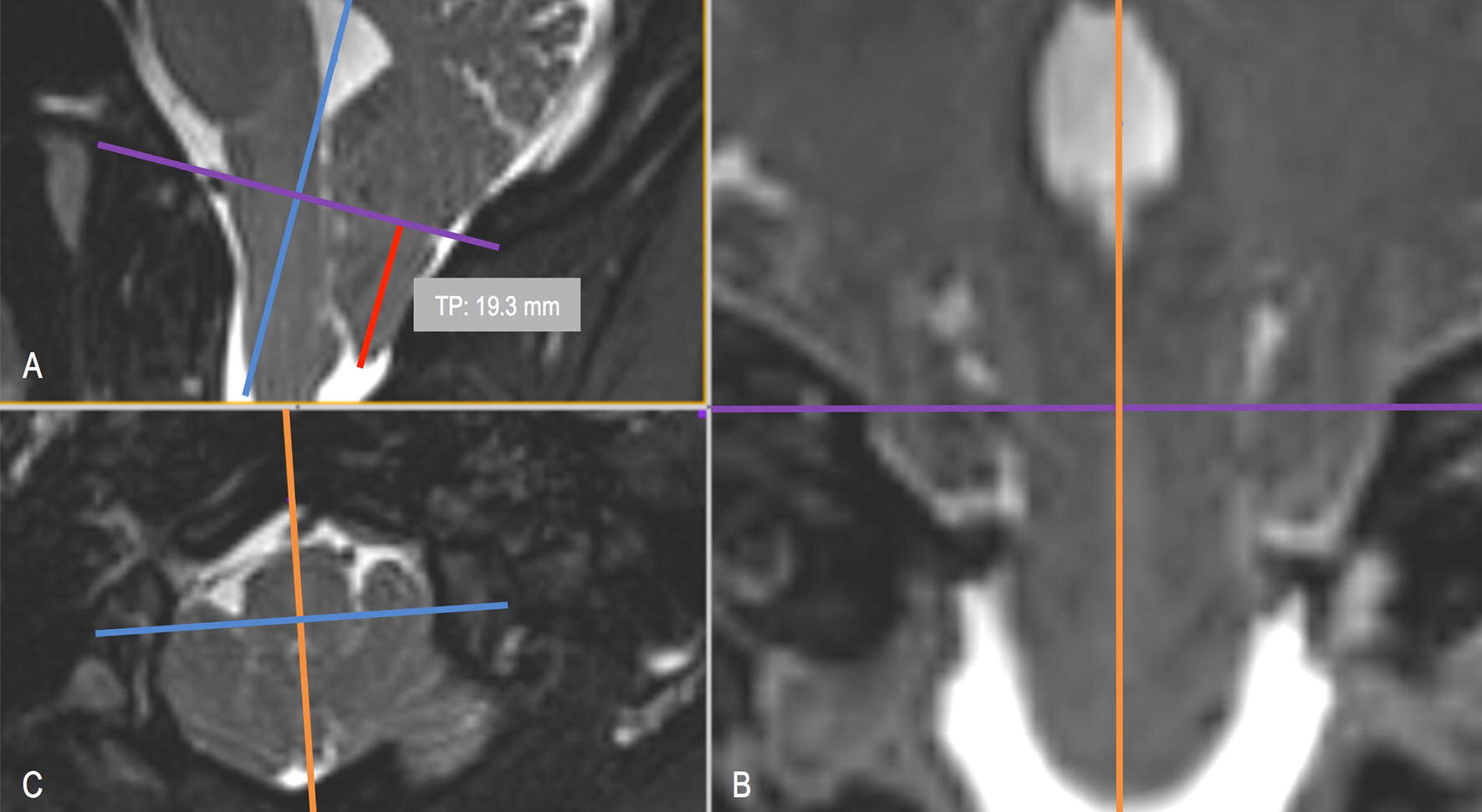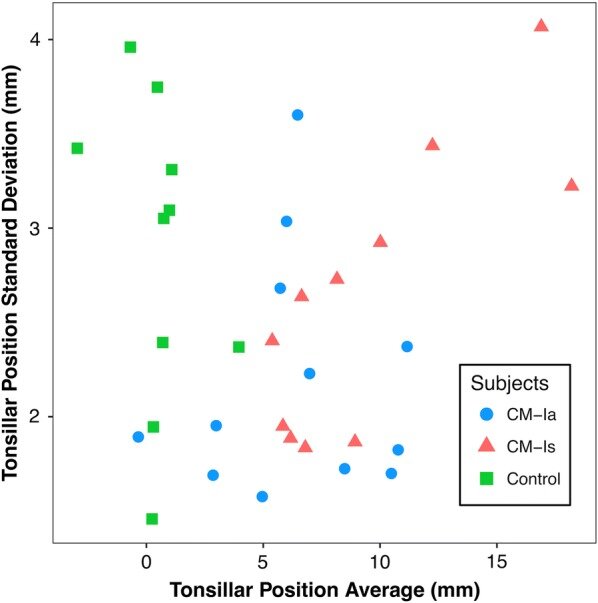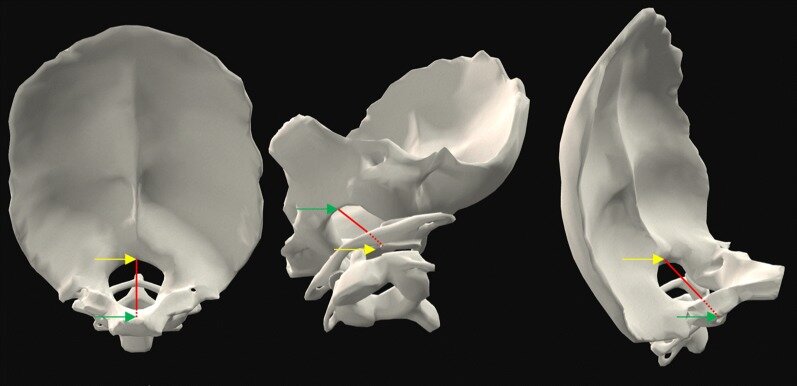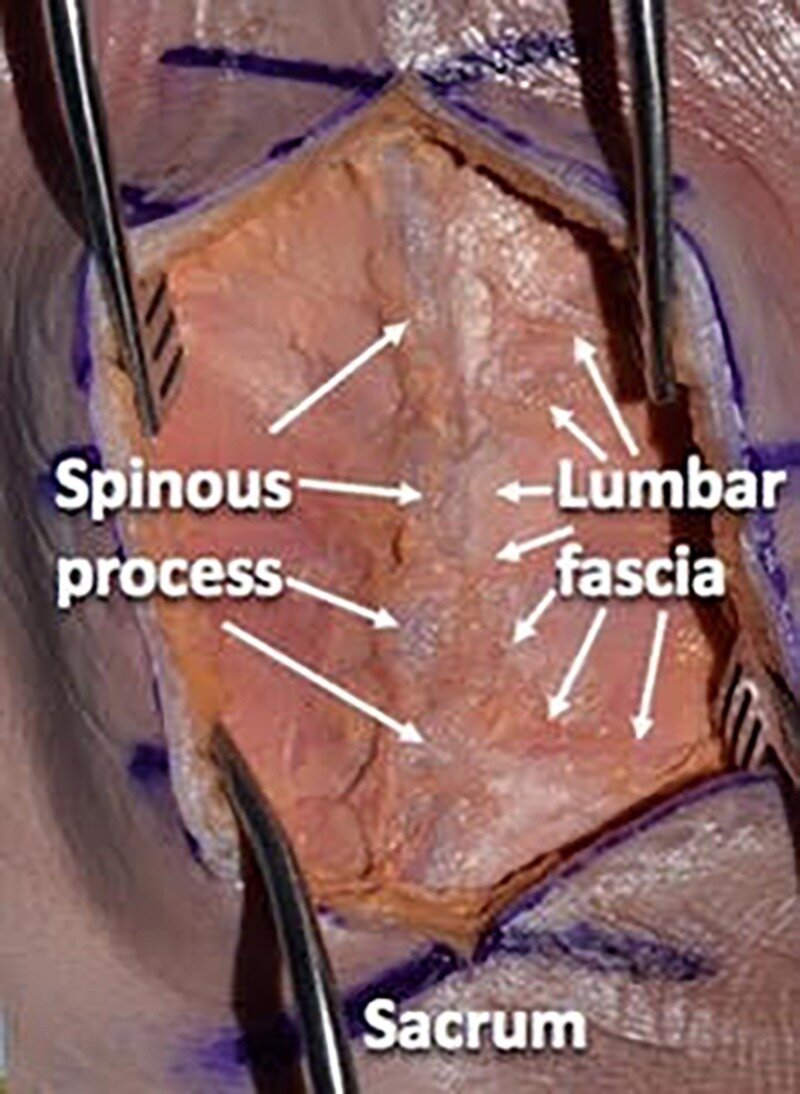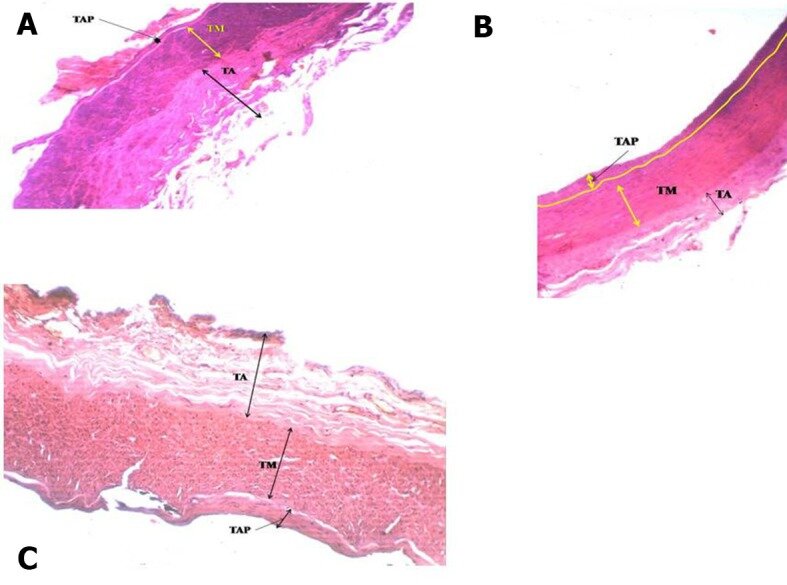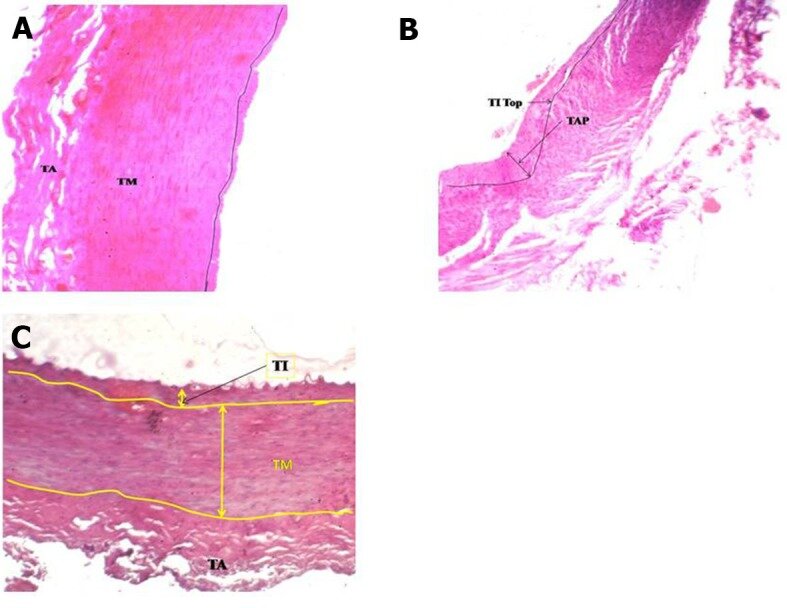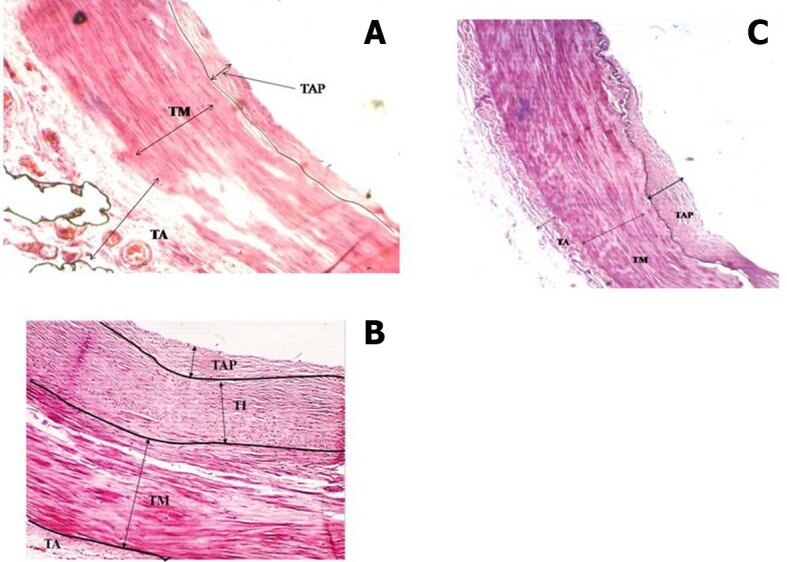Cureus. 2018 Dec 24;10(12):e3772. doi: 10.7759/cureus.3772.
Abstract
Chordomas are primary low-grade bone tumors derived from the embryonic notochord that make up less than 5% of all osseous malignancies and commonly affect the spine at its vertebral body and at its two ends i.e., skull base and the sacrum. Although histologically defined to be low-grade, chordoma is locally destructive, metastatic, and has a serious recurrence rate, which all contribute to the dismal median survival rate of six years. Its locally destructive nature places the adjacent vital neurovascular structures at risk, making an en-bloc resection a challenge. This tumor is also known to show high resistance to currently available chemoradiotherapy, although the benefit of proton beam therapy for skull base chordoma has been demonstrated. There is an additional need to focus our attention on investigating the molecular biology of this chemoradiotherapy-resistant tumor to develop a more targeted therapy, which has additional diagnostic and prognostic values. In this paper, we discuss the therapeutic, diagnostic, and prognostic role of microRNAs (miRNAs) in chordomas.
KEYWORDS:
biological target; chemoradiotherapy resistance; differential expression; microrna; mirna profiling; prognosis; sacral chordoma

